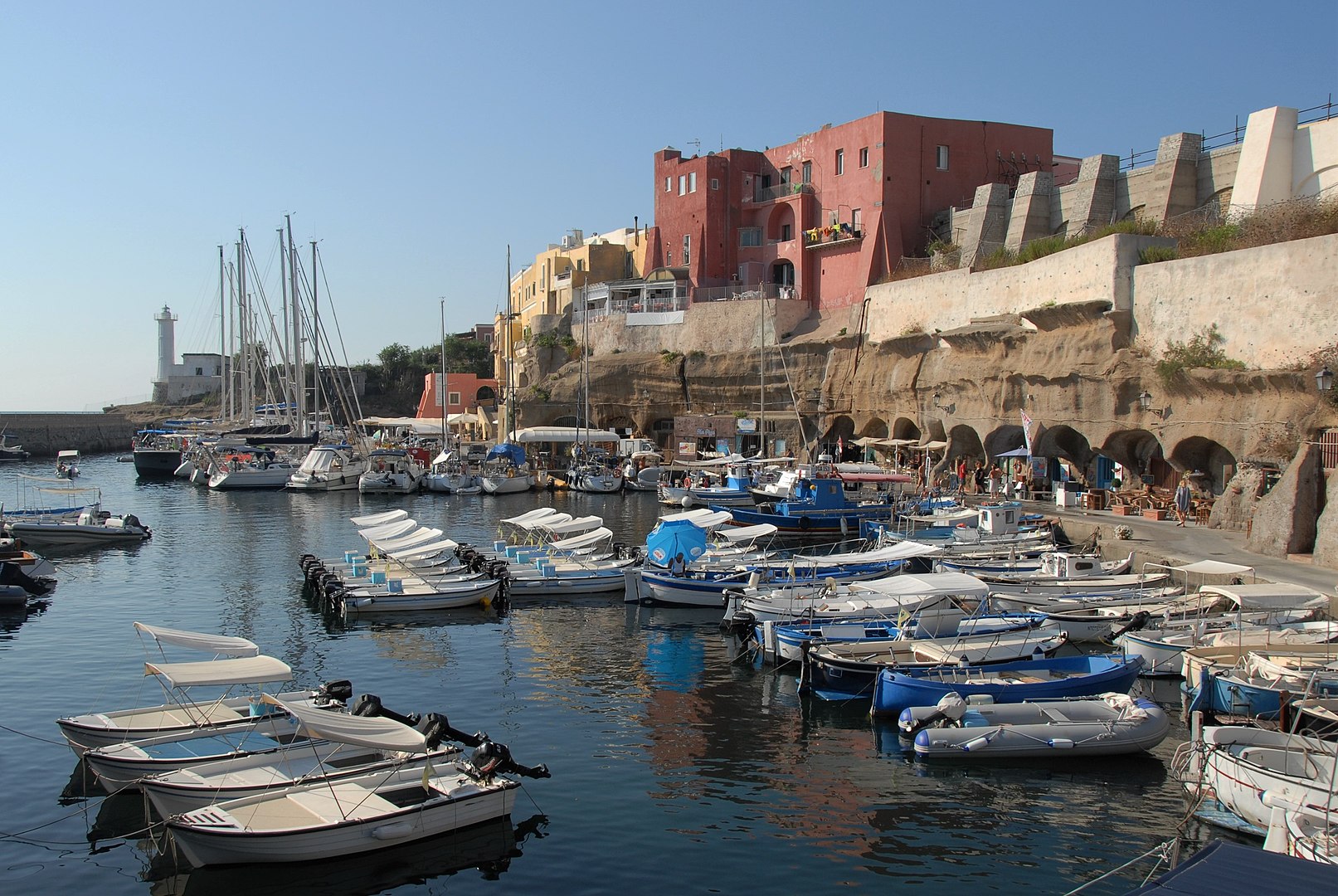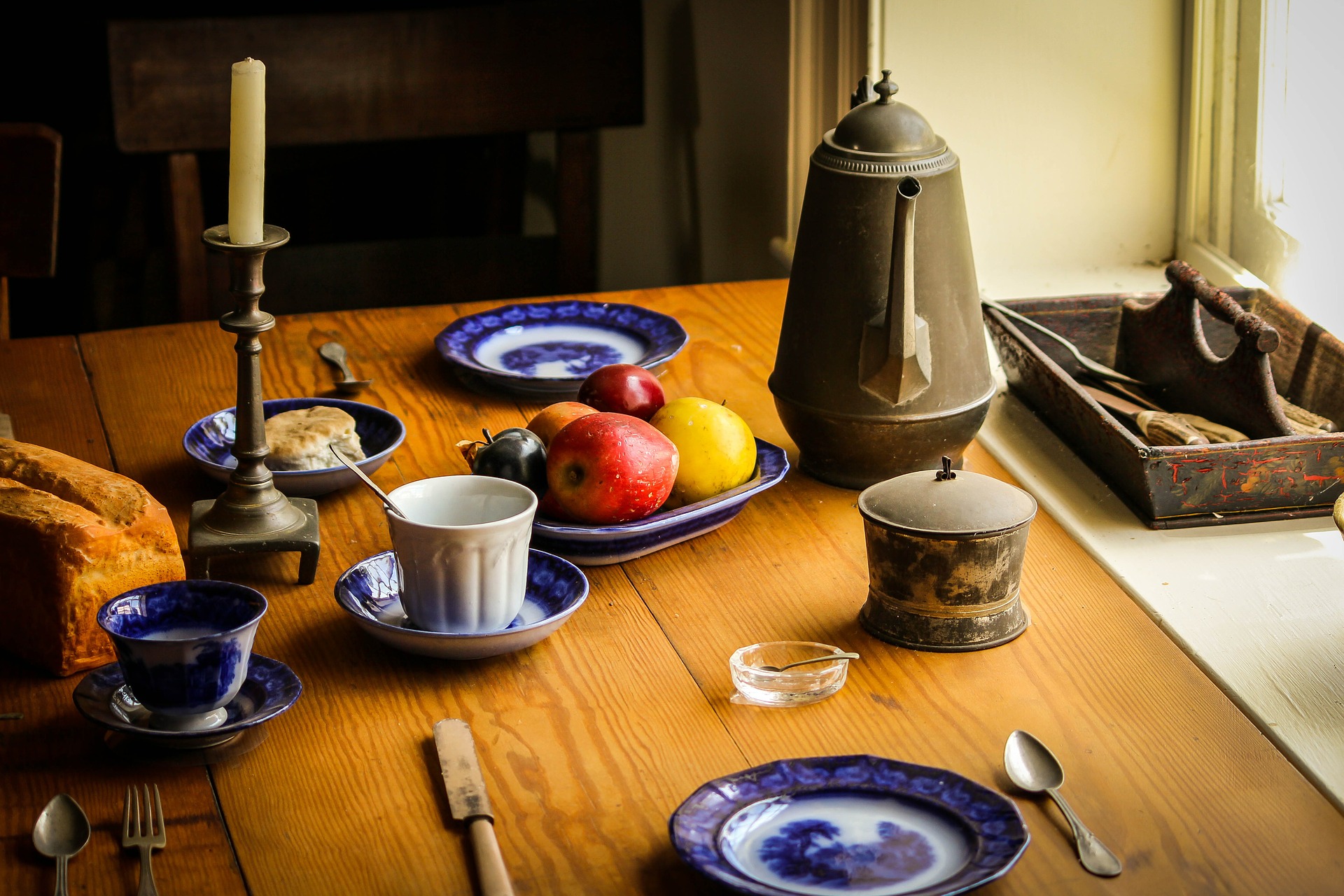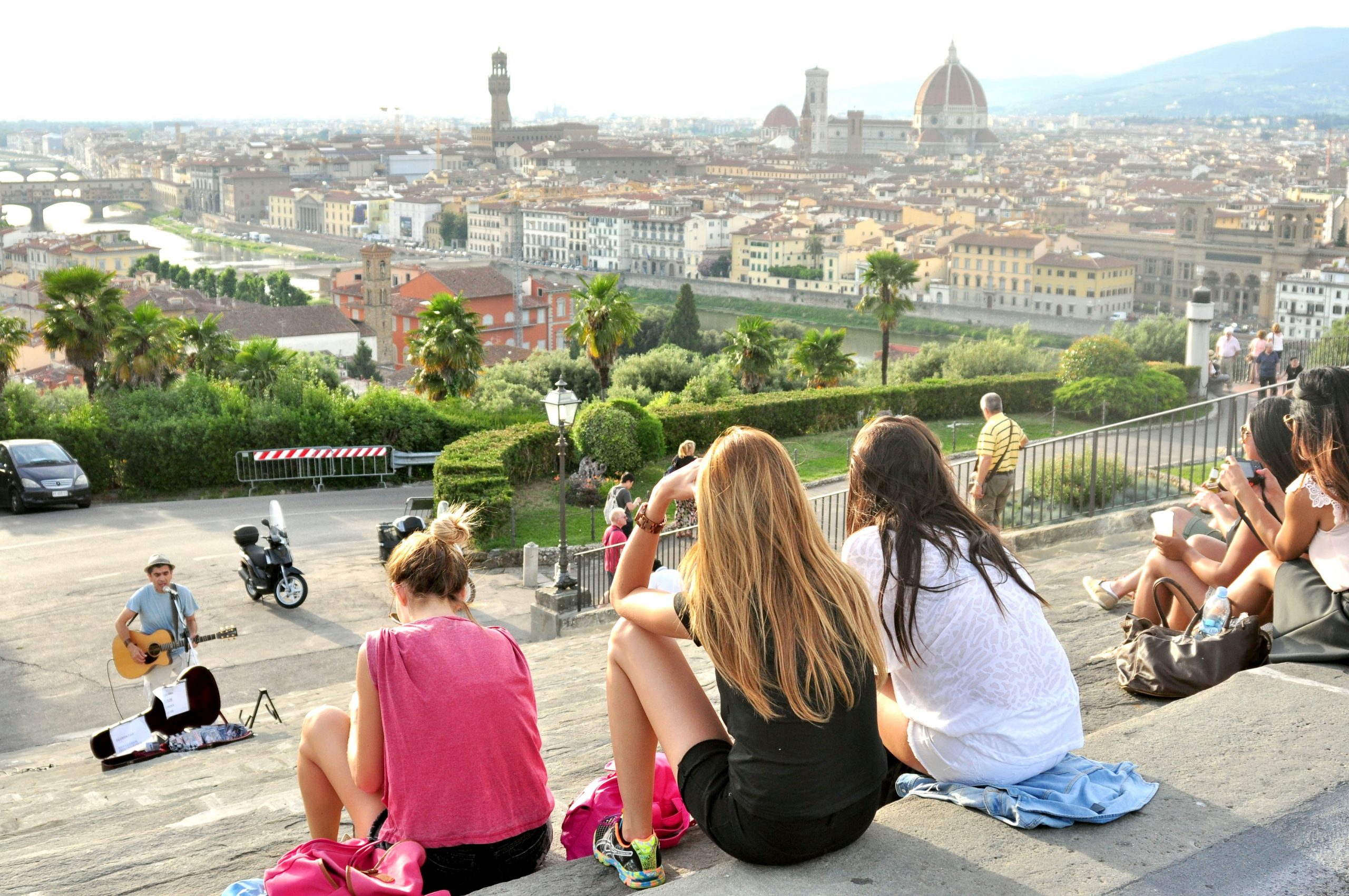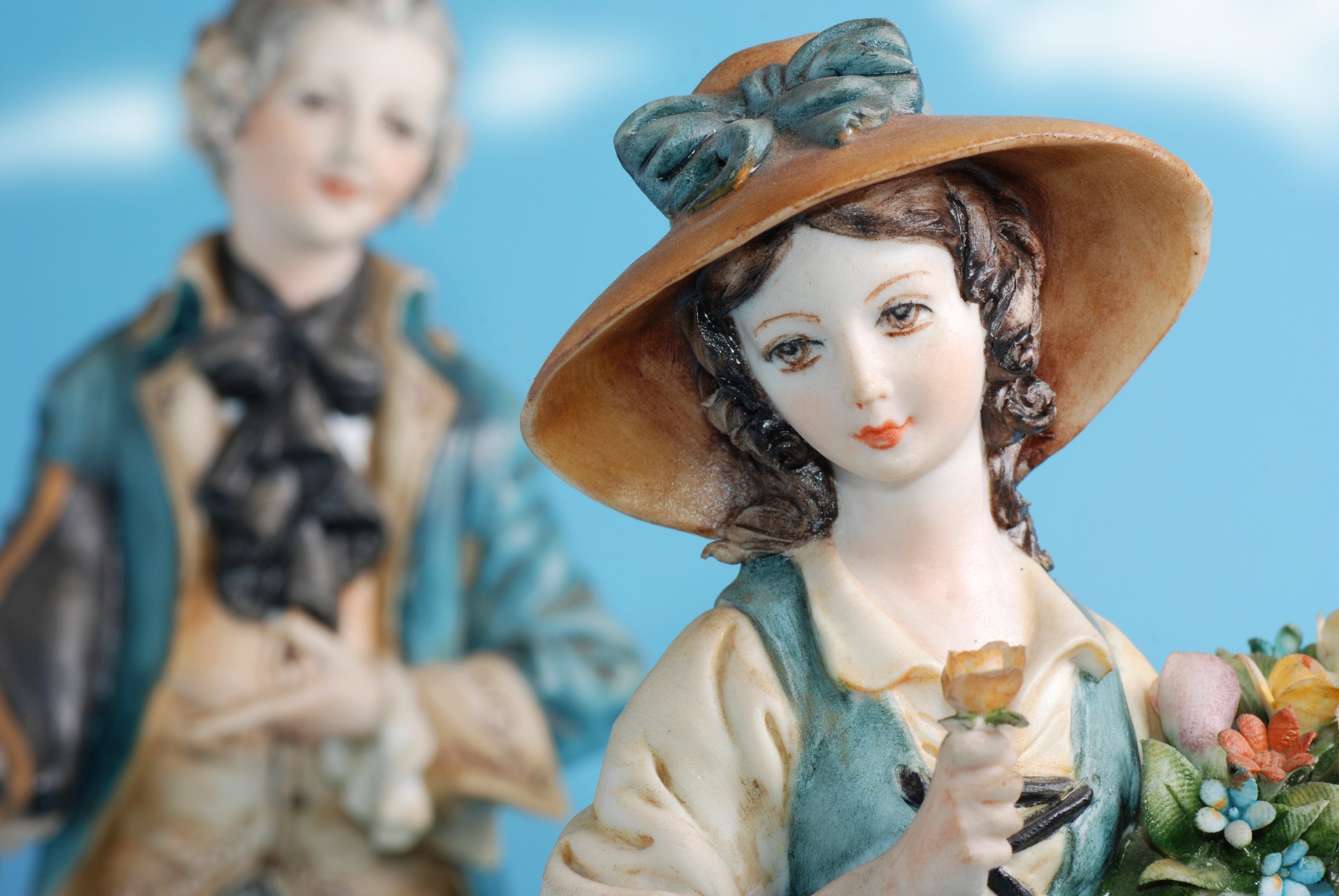Susan’s trip to Ventotene goes on and she helps us learn more about local traditions and foods.
The next day for lunch, we were greeted with big smiles by Pina (center) and her family at their restaurant, Un Mare di Sapori. It is inside a grotto on the old Roman port. A table was prepared for us with great care. Wine was poured and island cuisine began to arrive in various dishes. The lentil is cultivated on the island, and the resulting soup that Pina served was absolutely delicious….earthy and flavorful.
Antipasti from the kitchen…four different kinds of cheese, olives, salami, artichoke, and eggplant rolls. We were served a bottle of delicious Falerno wine, made from a grape varietal cultivated in first century Rome. It was the favorite drink of the emperors and was also a red wine. In fact, Pliny mentions in his writings that it was the only wine that would ignite when a match was put to it. Falerno was obviously much higher in alcohol then! Pina’s restaurant is also a shop with shelves of local products for sale.
A lighthouse rises on the edge of the rock at the old Roman Port. Santo Stefano Island with its sprawling prison stands just off to the left. Mussolini detained his adversaries here during WWII. The prison is now abandoned. Below the surface of the waters of Ventotene, evidence was found of five ancient Roman ships with cargoes of wine, olive oil and garum (fish sauce) still intact in large clay amphora. Ventotene was perfectly located on the trade route between Rome and North Africa. Ventotene is rich with history, beginning with the Phoenicians and Greeks and continuing into the present. It was used as a listening post by a German garrison before being captured by allies in 1943.
We also dined at La Terazza di Mimi. The ocean view and exotic dishes combined with sea-scented gentle breezes created a memory that will linger for many years.

Pietro owns the restaurant and has named it after his father Mimi. He shared his many exciting plans for the development of his properties on the island that is sure to increase tourism with a new, ecologically sound twist. He has a great love and respect for the natural environment of Ventotene.
































